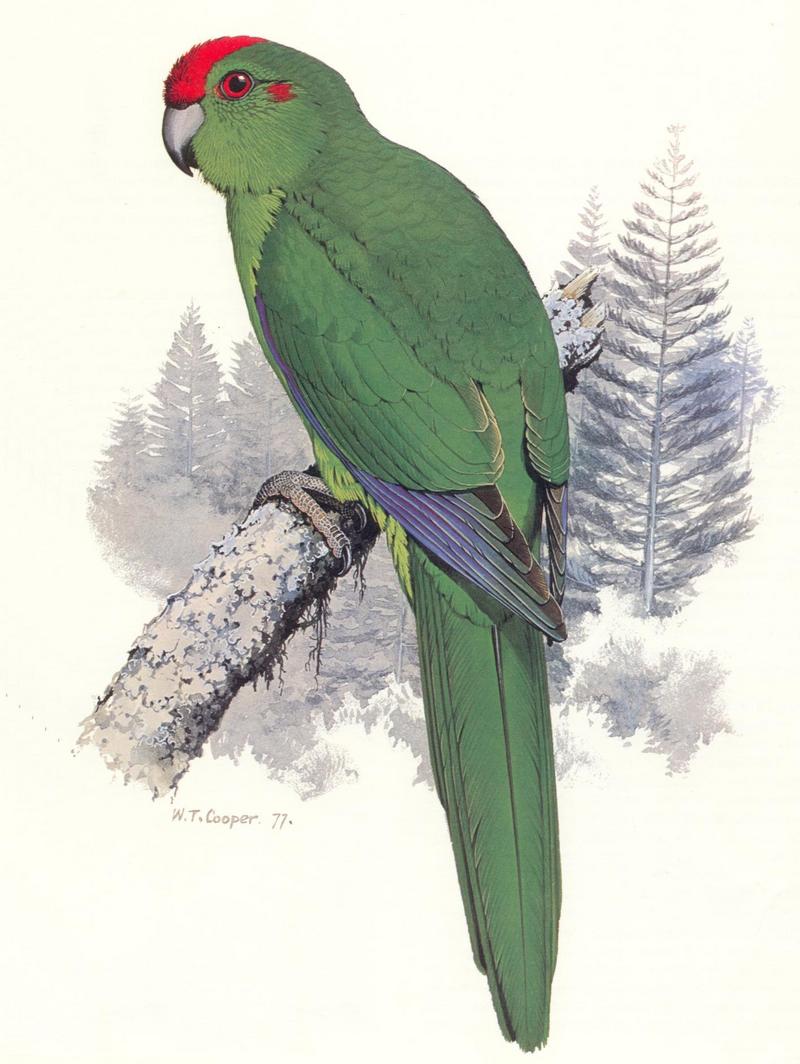|
| Query: bird | Result: 2927th of 32675 | |
Red-crowned Parakeet subspecies Norfolk Island Parakeet (Cyanoramphus novaezelandiae cookii) <!--붉은이마앵무-->
| Subject: | Red-crowned Parakeet subspecies Norfolk Island Parakeet (Cyanoramphus novaezelandiae cookii)
| |

| Resolution: 1418x1886
File Size: 264831 Bytes
Upload Date: 2005:11:14 15:42:14
|
From: Oz Sailor-hstakenb@NO SPAM.bigpond.net.au (Oz Sailor)
Newsgroups: alt.binaries.pictures.animals,alt.binaries.pictures.artpics
Subject: Australian Endangered Species File 14 of 14 - AES_oz_030_Norfolk_island_parrot_-_cyanoramphus_novaezelandiae_cookii.jpg (1/1)
Date: Sun, 22 Oct 2000 09:04:41 GMT
|
Comments |
|---|
| | anna |
|
Hello …
my small publishing company here in France (Eugen Ulmer) plans the publication of an illustrated book about the Red-Fronted Parakeet breeding. These birds will be exactly described: origin, place of life, the various sorts… The goal is to help people to breed succesfully these birds.
The book : 144 pages, 4000 copies, color illustrated and published in French language.
We appreciated quite a lot the quality of your Red-Fronted Parakeet photos on your site and would like to publish one of them in our book:
- Norfolk Island Parakeet
I hope this project will catch your attention. I would be thankful if you could contact me as soon as possible for an agreement (the project is actually on the layout stage).
Very cordially,
Anna Crine |
^o^
Animal Pictures Archive for smart phones
^o^
|
|
|